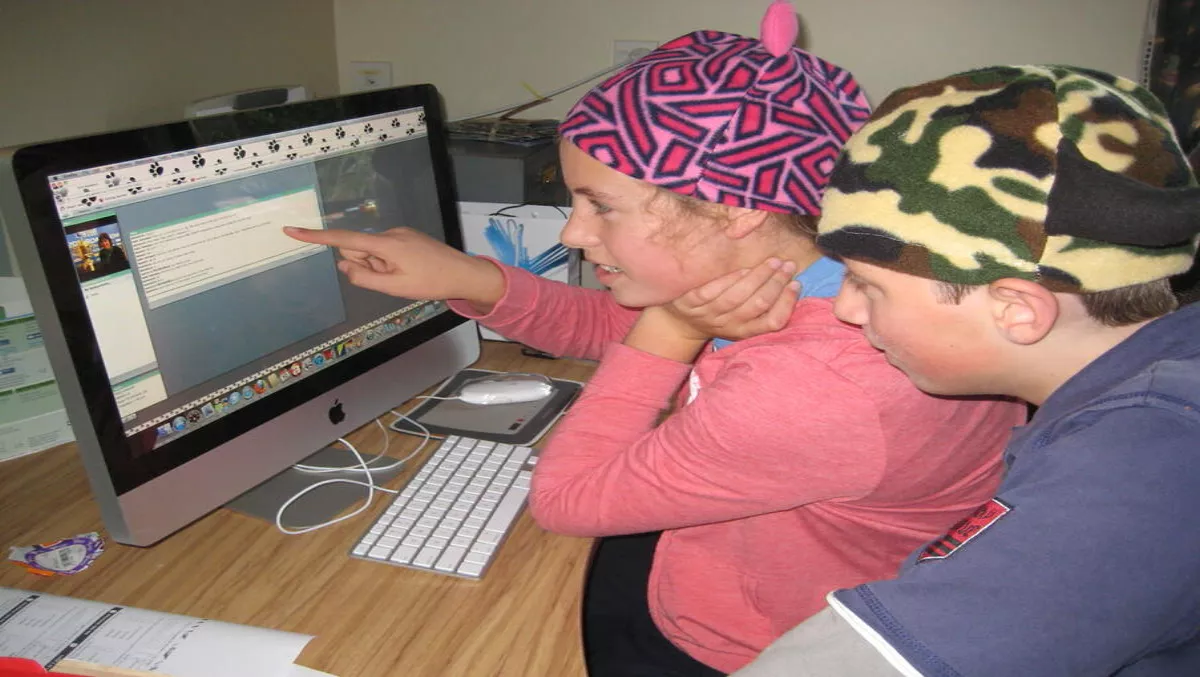
Learning in the virtual world
A reliable internet connection, an up-to-date computer that runs Adobe and a telephone are all that rural New Zealand students need to connect with each other and with teachers who can extend their learning.
The Virtual Learning Network (VLN) Primary School has been providing a collaborative e-learning programme for New Zealand schools since 2008.
Rural and remote schools were early adopters of the e-learning programme and it is now attracting attention from urban primary schools.
Initially established to provide collaborative Spanish and French classes for three schools in the Waikato and Taranaki, VLN now offers more than 30 classes each week in Te Reo, Japanese, Mandarin, German, Spanish, French,Cook Islands and Afrikaans.
Math extension classes are available, as is a dedicated ‘virtual intermediate’ for children at the most remote and isolated schools. Health classes are also beamed out from senior students at Rosmini College, Auckland, to schools around New Zealand and the Pacific.
The Ministry of Education has been involved from the beginning and has provided support in the form of funding for a coordinator and the online tools required to run the classes.
To access classes, students log in to the Adobe Connect web conferencing tool and dial in to an audio conference, just in case the internet connection slows or drops out.
Students also have access to the weLearn portal (an Elgg-based open source social networking engine) through which they can keep in touch with their teachers and classmates, gain help and support, and create and join special interest groups.
Rachel Roberts, coordinator of VLN Primary School, says the ultra-fast broadband roll out has the potential to add more value to the programme and keep it future focused.
“Currently we have to work to the lowest common denominator, which are the schools with the slowest internet connections. If teachers try to play a game or play music during the lesson, the students with slower internet connections get really frustrated,” she says.
“We would like to develop social presence through the use of webcams and really draw the students in, but it can be difficult to use other tools at the same time.”
VLN Primary School works on a system of reciprocity. To participate, schools need to share expertise and resources to provide students with greater learning opportunities. It is also structured around the four P’s laid out in the Learning Communities Online (LCO) Handbook, namely participation in the programmes, projects and professional learning.
The main draw card for teachers coming to the programme is the learning opportunities it provides for students. Roberts says teachers need to step up and contribute to the programme to enable the opportunities for the students, and one of the by-products of that is development of the teachers’ own professional learning.
“As they teach the students to collaborate online and be good digital citizens, the teacher’s professional learning also develops,” says Roberts.
“They are really good teachers but they are not always tech savvy. It can be a scary situation for them to have to learn to use tools like anAudioBridgeor Google docs, but it soon becomes part of the routine and the technology becomes part of the background,” she says.
From small beginnings offering two classes to three schools with 12 students in total,VLN Primary School now offers 32 classes to 44 schools and 320 students.
And with 50% of New Zealand schools falling in to the small (100 - 199 students) or very small (less than 100 students) categories, there is huge potential for VLN Primary School to continue to grow.

